Reclaim Your Mental Wellbeing: Tips for a Successful Digital Detox
In today’s fast-paced world, we wake up to our phones, scroll through endless social media feeds during the day, and spend hours in front of our computers (apart from work). Statistics show that the average person spends about 7 hours a day on screens. In Ghana, just like everywhere else, this digital overload affects our productivity, mental health, and even our relationships.
A digital detox is the obvious solution. But, to truly benefit from it, you need to do it the right way.
Here are some tips to realistically reclaim your mental wellbeing and unplug from the digital noise.
Set and Know Your Goals in Advance

Before jumping into your digital detox, it’s crucial to know why you’re doing it. What do you hope to achieve? Maybe you want to reduce stress, improve productivity, or simply reconnect with the world around you. Whatever your goals, make sure they’re clear. Are you looking to cut down your social media time by 50%? Or are you aiming to completely unplug over the weekend?
Firstly, use the Digital Wellbeing feature built-in on many Android phones, or the Screen Time feature in iOS phones to know your current screen time and the categories or apps which you use the most. Then, set targets for limiting your usage.
When your goals are defined, it’s easier to stay committed.
Enforce Rules Strictly

If you’re serious about your digital detox, you need to enforce your rules right from the start. There will be temptations. In the middle of your detox, you might feel the urge to grab your phone and check the latest updates. For instance, when a game of Sunday Night Football airs, the temptation to check your phone or turn on the TV can be strong. Similarly, if you find out that the latest episode of your favorite web series has been released, you may feel the urge to binge-watch it. But remember, you don’t need a screen to stay informed or entertained. For sports, you can read about the game in the newspaper the next day, or attend a watch party with friends.
You can also define your own rules for what counts as screen time. For example, you might want to exclude watching a movie in the theater or catching the news on the TV in your office cafeteria.
Ultimately, choose what works best for you, but be sure to enforce your rules. By sticking to them strictly, you’ll stay focused and avoid slipping back into old habits.
Have a List of Replacement Activities in Mind

One of the most common reasons people fail at a digital detox is boredom. When you take away screens, it might feel like there’s nothing else to do. But that’s not true.
Create a list of replacement activities to keep yourself engaged. Here are a few ideas to consider:
- Reading a book you’ve been putting off
- Taking a walk or exercising
- Trying out a new recipe
- Meeting friends or relatives in-person
- Pursuing a hobby like drawing or gardening
Having these alternatives ready will help you avoid reaching for your phone when you feel the pull of boredom.
Ensure You Have Device Alternatives Figured Out
Let’s be real—some digital devices have become essential. You may still need your phone for calls, your laptop for work, or your smartwatch for fitness tracking. That’s okay!
The key here is to plan alternatives for tasks that you usually do digitally. For example, if you’re trying to avoid social media, use a journal to jot down your thoughts instead. If you normally use an app for your daily to-do list, consider switching to a physical planner for the duration of your detox.
This way, you’ll stay on track without having to fully rely on your gadgets.
Be Realistic
A digital detox doesn’t mean you have to throw all your devices out the window. It’s about balance, not extremes. Be realistic with your goals and your rules.
For instance, if your work requires you to be online, it’s not practical to completely unplug. Instead, set manageable limits. Maybe you’ll avoid social media after 7 PM or only check emails twice a day. Acknowledge that it’s okay to still use technology for necessary tasks, as long as it doesn’t take over your life.
Do It Gradually and Consistently

Detoxing from your digital life doesn’t have to be a one-time event. In fact, you’re more likely to succeed if you approach it gradually.
Start small—try unplugging for just a few hours a day. Once you’re comfortable, increase the duration or choose specific times during the week where you stay offline completely. The goal is to build consistency over time, allowing you to reap the benefits of being digitally active in a healthy, balanced way.
Think of it like a workout routine: You wouldn’t run a marathon on your first day of training. The same logic applies here. By detoxing gradually and consistently, you’ll maintain a sustainable balance between the digital world and real life.
Conclusion
Our gadgets have made life more convenient, but they’ve also made it harder to disconnect. A successful digital detox is your chance to reclaim your mental wellbeing, reduce stress, and restore balance in your life.
By setting clear goals, enforcing rules, and having alternatives in place, you can make the detox work for you. Remember, it’s not about cutting out all screens forever. It’s about creating healthier habits that will allow you to enjoy life both on and offline.










